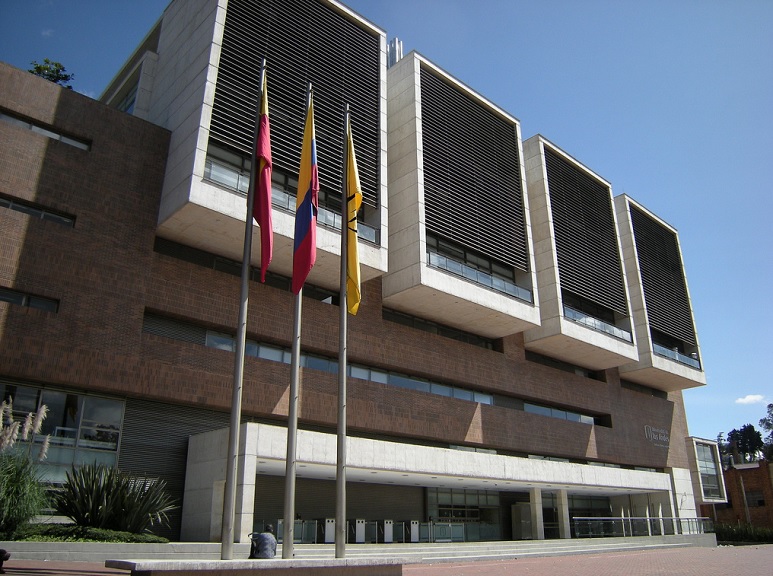Can Colombia attract top scientists and spur innovation?
On a continent where Brazil, Chile and Argentina are home to distinguished research institutes and robust science budgets, Colombia is taking the cue to invest more in scientific research. Colciencias, the Colombian government’s science, technology and innovation department, is petitioning for a larger budget and has planned a two-pronged approach: train more scientists and invest in high-calibre research institutions to keep those researchers in country.
“Brazil trains 13,000 new scientists a year. Our goal is to train 1,000 a year,” said director of Colciencias Dr. Jaime Restrepo in an interview with RCN radio in March. Colombia currently has 5,200 scientists doing research, mostly at research institutions in Bogotá, Medellin and Cali. Besides fortifying these hubs, Restrepo wants to invest in science in underserved regions of the country, too.
“What the isolated regions of this country need is research in agriculture, in livestock, but also in areas like biology, biotechnology, physics, chemistry, the elements that are essential for the development of scientific capacity,” said Restrepo on RCN radio. And what the scientists need are basic things like computers and funding to go out in the field and do their work, Restrepo explained.
But the proposal to create scientific capacity in regions of Colombia that are off the beaten path has drawn criticism. Why divert funds from the major institutions that are already doing good science?
The proposal is part of an overarching movement in Colombia: closing the inequality gap. Restrepo thinks investing in underserved regions will spur opportunity, value-added innovation, and competition. And for this he needs money.
To buttress research hubs around the country and train more Colombian scientists, Restrepo said Colciencias will need to expand its annual budget by another US$100 million to more than US$400 million.
In May, science got a nod from Colombian lawmakers when its congress approved a law redistributing petroleum and mining royalties throughout Colombia. Ten percent of these royalties will go to science, technology and innovation, to be disbursed by Colciencias.
But spurring science research and innovation will take a lot more than what Colciencias has planned, said Jaime Acosta Puertas, a consultant on science and technology policy and director of CRESET (Bogotá’s regional center for third world studies). He agreed that there are many regions in Colombia that need researchers and specialized laboratories, but he thinks that Colciencia’s strategy is wrong.
Colciencias has been reformed to be an administrative department, he said. If it were a ministry of science, it could exert the same policies domestically that other ministries enjoy: education policy, competition, commerce, and regional development policies.
“To spur innovation we need to improve the quality of education so Colombia can become a platform that attracts foreign investment,” Puertas said. Funding is key, he agreed, pointing to Brazil: “Rio de Janeiro invests as much money in science and technology as the entire country of Colombia does.” But to improve competition and innovation in Colombia, policies should be planned out.
Puertas sees the same haste in Colombia’s signing of a new free trade agreement with the United States, which went into effect last week.
“Colombia has negotiated and signed free trade agreements with very advanced economies with strong development policies without having developed its own first,” said Puertas.
Colombia stands to increase its exports to the U.S. by 40%, which could translate into more than US$1 billion in annual revenue. But without industrial and innovation policies put into place, Colombia’s science and technology sector could fall prey to the asymmetries a free trade agreement with a stronger economy presents. And if the research institutions the country is scrambling to build and fortify aren’t attractive to local scientists, Colombia may see researchers fleeing for better labs.

Reply